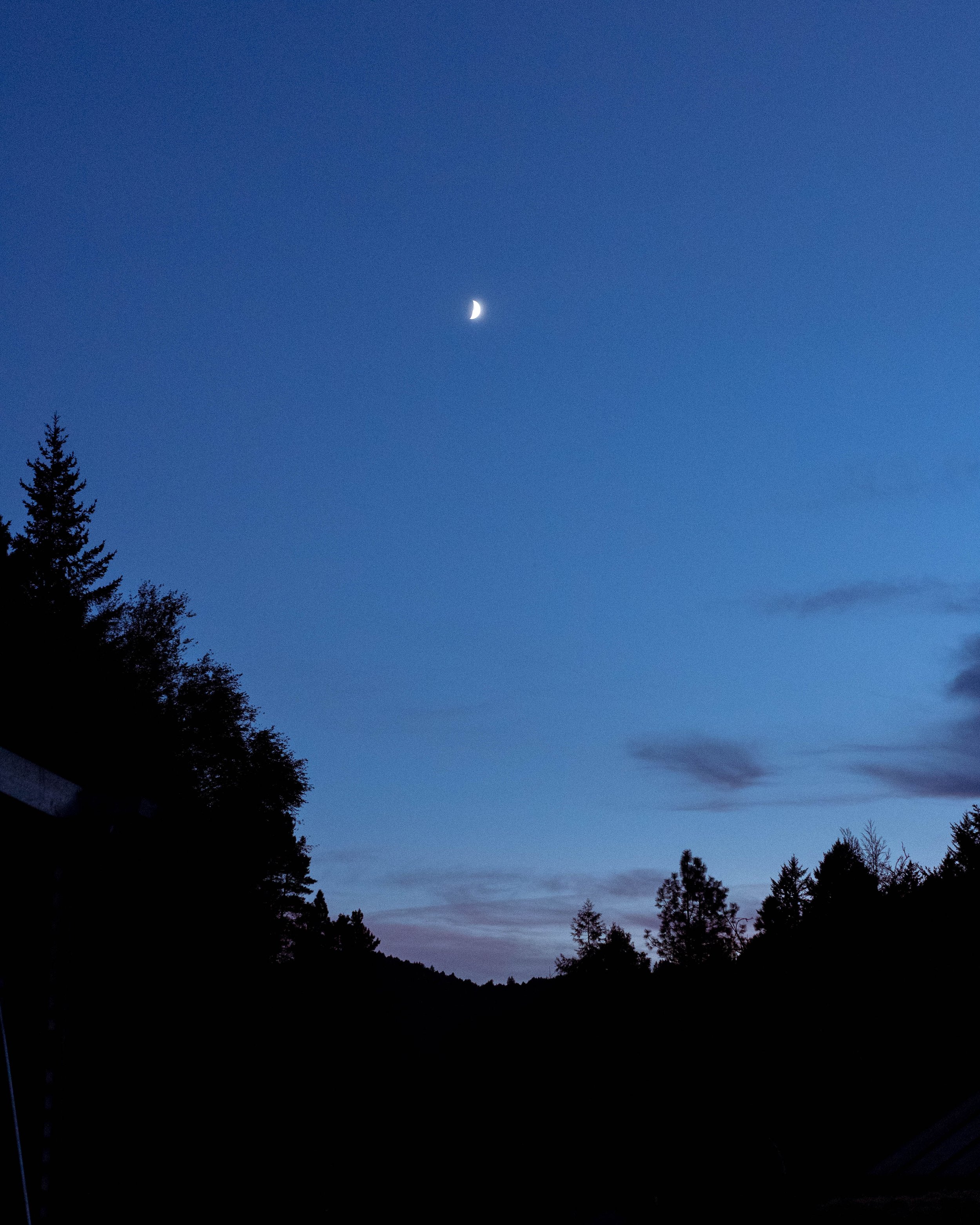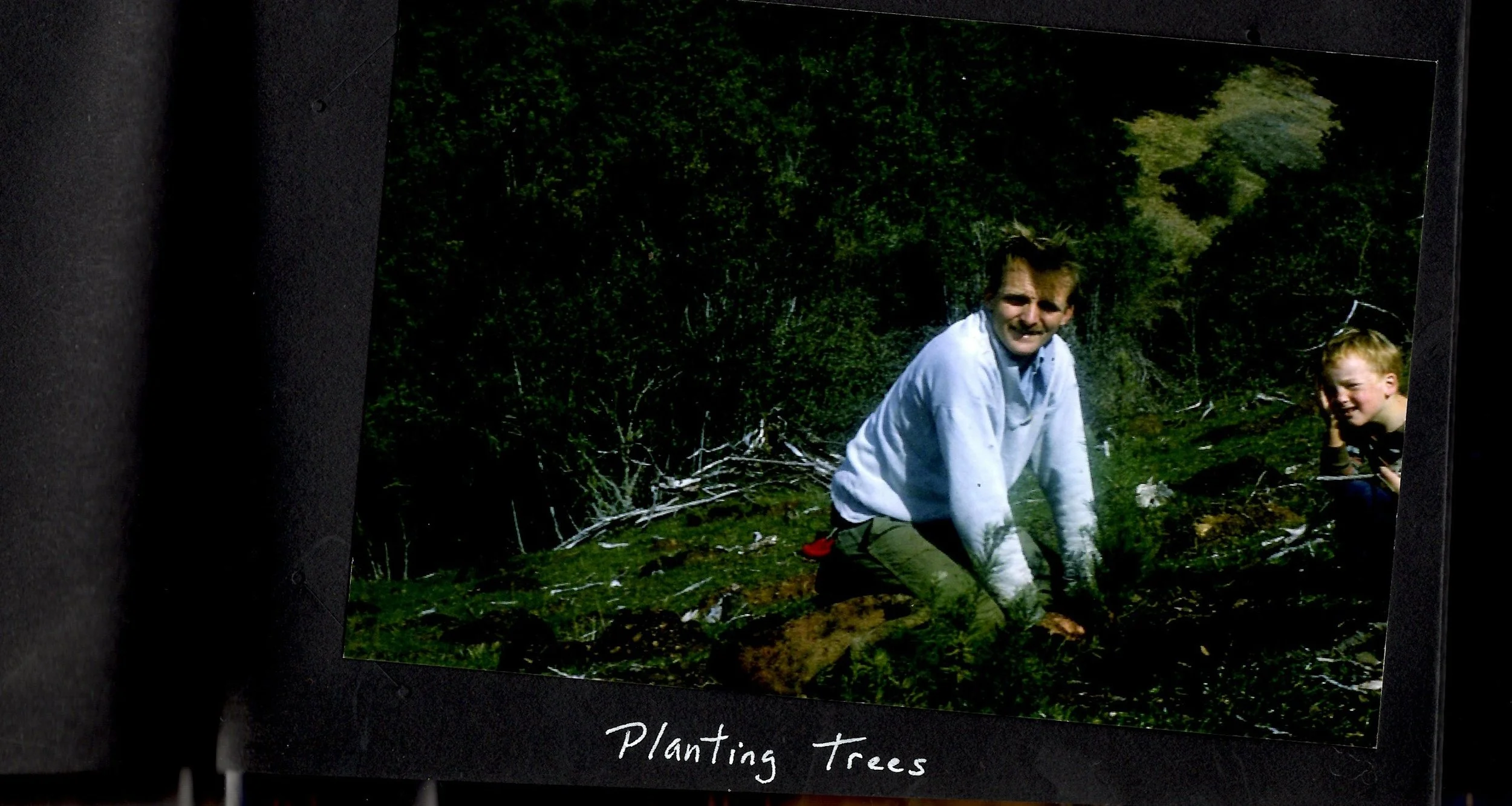
Away in the Valley
A Story of Family, Stewardship and Community
The Movement That Started a Revolution
Back to the Landers
From the mid-60’s to mid-80’s there was a movement to escape the trappings of the city and seek refuge in the wilderness of Northern California. The allure of cheap, timber-stripped land in the rural parts of the county became the first sites for the new wave of life- style, the
“Back to the Landers.”
Poor timber and cattle practices during the previous century had left unstable, eroded hillsides and damaged watersheds and many new landowners harbored a genuine sense of stewardship and conservation.
It was here that members of the emerging counterculture strove to make a new life for themselves based on self-sufficiency and respect for the natural environment. These were people who were “dropping out” of the rat-race in favor of a more sustainable lifestyle.
This movement was first facilitated, almost singlehandedly by a landowner in the Humboldt area who sold his land to retirees and welfare recipients moving back to the land, former Berkeley and Harvard professors for whatever price they were comfortable paying, oftentimes with no money down. That man was Robert McKee, grandfather of Whitethorn Valley Farm owner Galen Doherty. He was seen as the “Gandalf ” of the Back to the Land movement and earned a reputation for his propensity of sub-dividing land, both with counterculturists, and the county.
Cannabis was just one of the other crops in these community farms. Families lived without the desire for money and material goods, and instead strove to revive the land stripped by the timber industry.

Uncle John & Cousin Aaron
(Circa 1960)
This was a lifestyle in which if you couldn’t make it yourself, you did without. This necessity for fundamental structures created a community that built schools, roads and services, all largely funded by the underground cannabis economy.
Out of their efforts came community centers, volunteer fire departments, and slew of non-profit organizations dedicated to environmental protection and restoration, as well as the local KMUD radio station—whose live broadcasts would, among other things, would announce the convoys of law enforcement and later national guard, who had come to crack down on the illicit marijuana industry burgeoning in the hills of southern Humboldt County.
It was this community who, despite the written law repatriated cannabis into the American staple crop it had been at the dawn of the nation.
Their legacy has survived systematic terrorization and marginalization during the “War on Drugs.” It is what fueled the beginning of the 215 era and supplied medical cannabis patients during one of the world’s largest public health crises.
Cannabis funded their way of life, but as the price of the plant rose in the market it also invited nefarious characters to the hillside and different factions of grows began to spring up throughout the late 1980’s and 90’s. Motivated by money, many new “farmers” did not have a care for protecting nature, and pillaged the land for their own profit.
Without people like Bob McKee, the counterculture movement which brought cannabis to the hills of Humboldt County would not have come about.
The butterfly effect of past actions is easier to see in hindsight. Tracing back the ripples to the source of the now wave of cannabis industry we see today.
Both counter culturists and “green-rushers” alike make up the history of cannabis in Humboldt county, and it is the regulated farms like Whitethorn Valley Farm that now take up the mantle of land stewardship again to right the unintended consequences of sub-diving land while embodying the virtues which brought people to the land in the first place.

Onward down the rabbit hole.
Interested in hearing more stories of the Back to the Landers, the infamous ‘timber wars’ era, and what comes for next for Humboldt Cannabis? Check out our blog, and sign up for our mailing list to stay up to date on private farm tours, events, and more.

